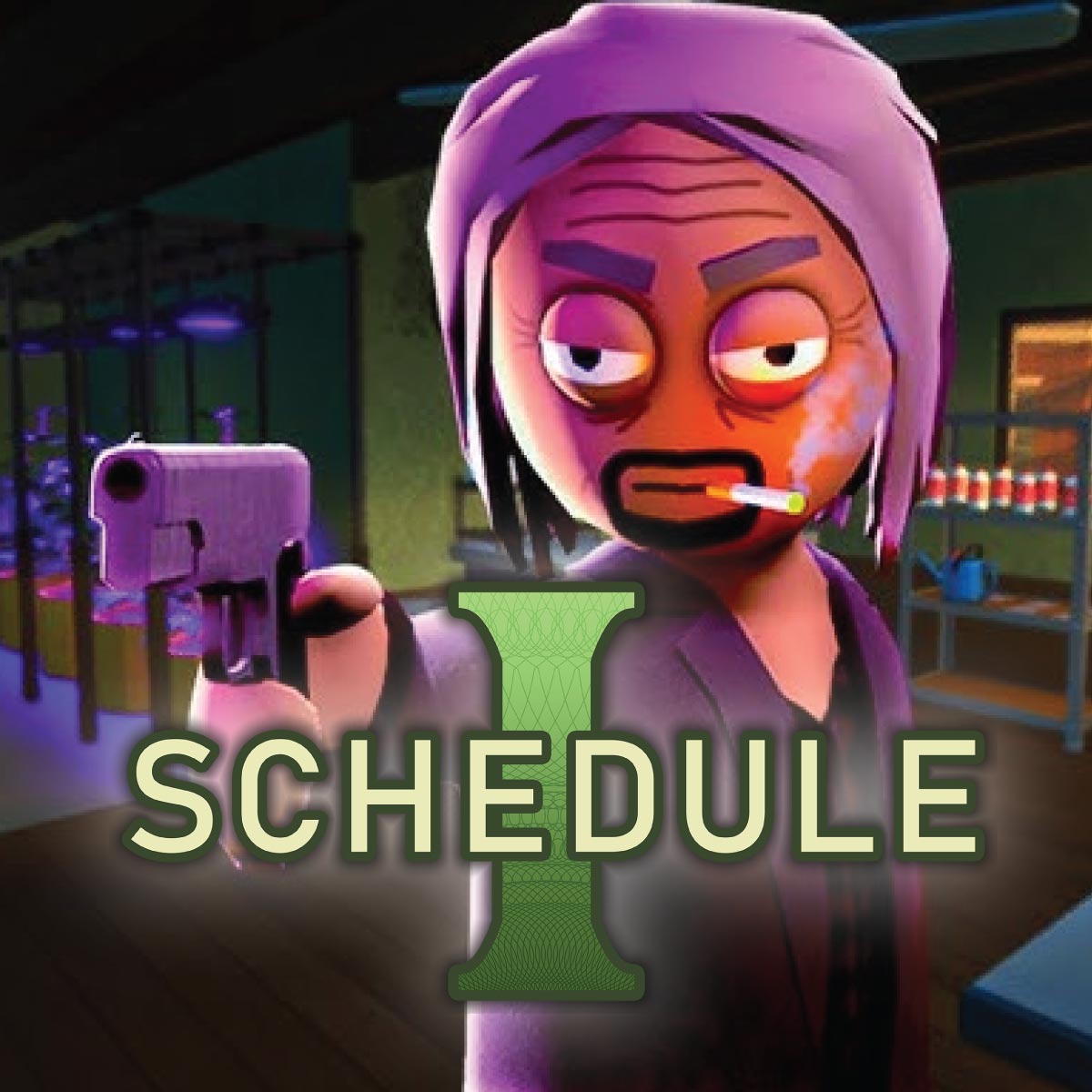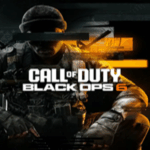Popular Now
Schedule I: Combat Balance and Strategic Limitations
Introduction
Schedule I is an intriguing game that offers players the chance to navigate complex gameplay mechanics in a highly competitive environment. The game blends elements of strategy, combat, and resource management to create an engaging, yet sometimes frustrating experience. While Schedule I has received significant praise for its innovative features and challenging mechanics, there are notable issues that impact the overall enjoyment and balance, particularly within its combat system and strategic elements. This article delves deeply into the key problems in Schedule I, explores how these issues hinder the gameplay experience, and offers potential solutions to improve the overall balance and strategy.
The Role of Combat in Schedule I
At its heart, Schedule I is a game built on combat and strategy. Players are expected to engage in various forms of fighting, from direct confrontation to more tactical, long-term planning. Whether fighting enemies or completing missions, combat drives much of the game’s progression. However, combat mechanics can sometimes feel unbalanced, particularly when considering the limitations of certain combat styles or abilities.
An effective combat system should allow for different strategies and playstyles to coexist. Unfortunately, Schedule I struggles with balancing its combat elements, often leading players to favor specific strategies that feel overpowered or too easy to exploit. By diversifying combat options and ensuring no single style dominates the game, Schedule I can become more immersive and rewarding for players who enjoy testing their skills across different scenarios.
Weapon Imbalance: Overpowered Choices in Schedule I
One of the biggest issues in the combat system is the imbalance between weapons. Certain weapons are significantly stronger than others, leading to an unhealthy reliance on a few overpowered options. This “power creep” occurs when newer weapons outperform older ones, forcing players to discard previously viable strategies.
For example, a high-damage ranged weapon might offer superior range and reload speed, making it the default choice for most encounters. This discourages experimentation and reduces the excitement of discovery. Each weapon should have distinct strengths and weaknesses to promote diversity in combat and reward creative decision-making.
Combat Strategy: Limited Options and Linear Playstyles
In a game where strategy is key, players should be able to approach situations in multiple ways. However, Schedule I often funnels players into a narrow set of tactics. Whether it's brute force with heavy weapons or repeated use of hit-and-run explosives, most players end up following the same path.
This predictable meta makes combat feel stale over time. The game would benefit from offering more viable strategic choices, such as stealth-based play, use of environmental traps, or alternate mission routes. A deeper tactical layer would increase replayability and cater to a wider range of playstyles.
AI Behavior: The Unpredictable Difficulty Curve
Enemy AI plays a major role in how combat unfolds, but in Schedule I, it can be highly inconsistent. Some enemies exhibit laser-like aim and unrelenting aggression, while others seem to get stuck on walls or ignore the player entirely.
This results in a difficulty curve that is not only steep but also erratic. Players may breeze through one mission only to be unfairly overwhelmed in the next. Improving AI responsiveness, awareness, and decision-making would go a long way in ensuring a consistent and satisfying challenge.
Resource Management and Combat Synergy
Managing limited resources such as ammo, health packs, and special abilities is central to Schedule I’s gameplay. However, the balance between resource availability and combat difficulty often feels off. Certain missions demand heavy resource usage without offering enough support or rewards.
When players feel forced into risky behavior just to conserve items, the experience shifts from strategic to punishing. Resource allocation should scale with mission intensity, ensuring players have the tools they need to succeed without removing the challenge.
Multiplayer Combat: Unequal Advantage
The multiplayer component of Schedule I is energetic and competitive, but balance issues are just as apparent here. Players with access to powerful gear—either through grinding or microtransactions—often hold a clear advantage. This creates a pay-to-win environment that discourages newcomers and casual players.
A more equitable system would focus on skill-based matchmaking and standardized loadouts in competitive modes. By minimizing the impact of paywalled or grind-heavy upgrades, all players can compete on an even footing, emphasizing tactics over gear.
The Need for Tactical Combat Variety
Although Schedule I provides some tactical tools, combat rarely rewards inventive thinking. Direct attacks are often favored over strategic options like flanking, stealth, or environmental manipulation. This one-dimensional approach limits both creativity and immersion.
Introducing more opportunities for players to interact with the environment, set traps, or use tactical equipment could expand the depth of combat. Encouraging players to adapt their strategy based on mission structure, enemy type, or location would enrich the gameplay loop and prevent repetition.
The Impact of Combat Imbalance on Story and Exploration
Combat mechanics affect more than just action scenes. When combat is unbalanced, it can hurt the broader game experience, including narrative pacing and open-world exploration. Players frustrated by combat may skip side quests, rush missions, or avoid enemy encounters altogether, missing out on important story and world-building content.
A balanced system would allow players to enjoy combat without it becoming an obstacle. Better pacing and more flexible difficulty options could support both casual and hardcore players, keeping them engaged with the full range of content Schedule I offers.
The Role of Updates and Player Feedback in Fixing Combat Issues
A game like Schedule I must evolve through regular updates that address combat imbalance. Developers should actively monitor player feedback, usage data, and combat performance to fine-tune weapons, abilities, and AI behavior. Community input is vital in identifying where the experience breaks down.
Patch notes that clearly communicate changes and their rationale can also build trust within the player base. A transparent update cycle that prioritizes fairness and playability will ensure long-term health for the game.
Conclusion
Combat and strategy are central to the Schedule I experience, but issues such as weapon imbalance, erratic AI behavior, and a lack of tactical variety hinder the game’s potential. By addressing these imbalances and improving the balance between resources, combat styles, and progression, Schedule I can offer a more engaging and fair experience for all players. With regular updates, a focus on player feedback, and careful adjustments, the game can evolve into a more balanced and dynamic world where combat and strategy work in harmony.



















